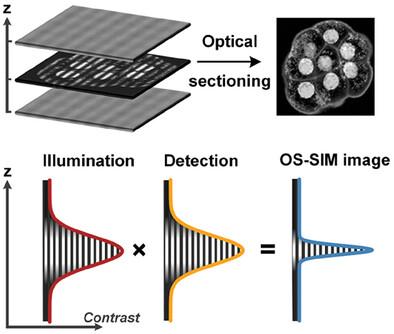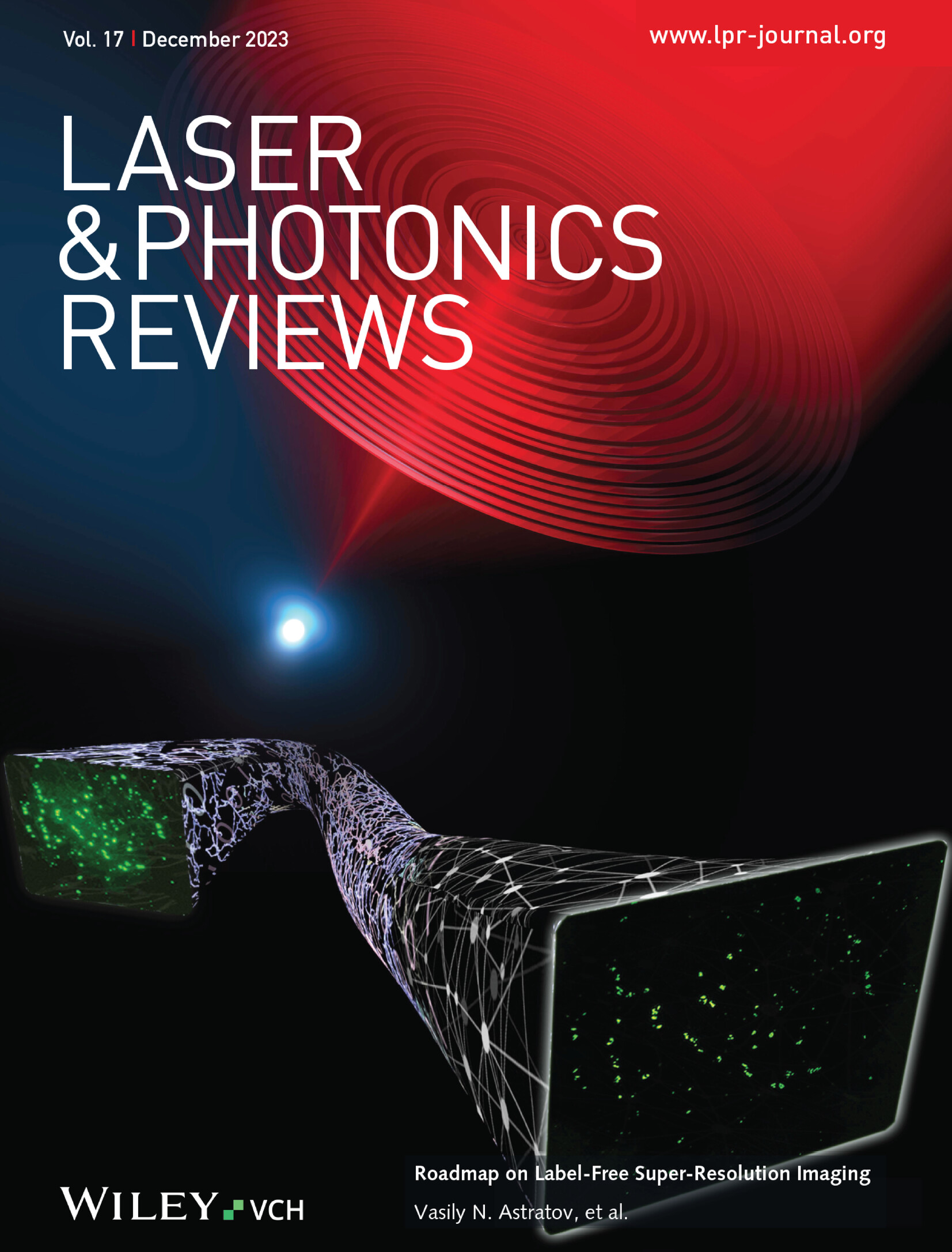Enhancing Optical Sectioning in Structured Illumination Microscopy With Axially Confined Fringe Modulation
IF 9.8
1区 物理与天体物理
Q1 OPTICS
引用次数: 0
Abstract
Optical sectioning structured illumination microscopy (OS-SIM) is a fast, minimally invasive 3D imaging technique that has found widespread application in the biosciences. It is based on sample illumination with several illumination fringe patterns featuring distinct mutual phase shifts, from which an axially sectioned image is reconstructed. Its optical sectioning capability is commonly attributed to the attenuation of the fringe modulation of light collected from planes displaced from the focal plane. However, in addition to this effect, which is governed solely by the detection optics, optical sectioning can be further enhanced by confining the fringe modulation axially via partially coherent illumination (PCI). To establish guidelines for optimal illumination field shaping, both theoretically and experimentally are investigated, the optical sectioning strength of OS-SIM upon variation of the two key parameters, modulation period and angular spectrum of the incident illumination. By using PCI with OS-SIM, nearly fivefold and 1.4-fold enhanced axial resolution have achieved for scattering (non-fluorescent) and fluorescent samples, respectively. This work elucidates the optical sectioning mechanism of OS-SIM and provides a perspective for further optimization.

求助全文
约1分钟内获得全文
求助全文
来源期刊
CiteScore
14.20
自引率
5.50%
发文量
314
审稿时长
2 months
期刊介绍:
Laser & Photonics Reviews is a reputable journal that publishes high-quality Reviews, original Research Articles, and Perspectives in the field of photonics and optics. It covers both theoretical and experimental aspects, including recent groundbreaking research, specific advancements, and innovative applications.
As evidence of its impact and recognition, Laser & Photonics Reviews boasts a remarkable 2022 Impact Factor of 11.0, according to the Journal Citation Reports from Clarivate Analytics (2023). Moreover, it holds impressive rankings in the InCites Journal Citation Reports: in 2021, it was ranked 6th out of 101 in the field of Optics, 15th out of 161 in Applied Physics, and 12th out of 69 in Condensed Matter Physics.
The journal uses the ISSN numbers 1863-8880 for print and 1863-8899 for online publications.

 求助内容:
求助内容: 应助结果提醒方式:
应助结果提醒方式:


